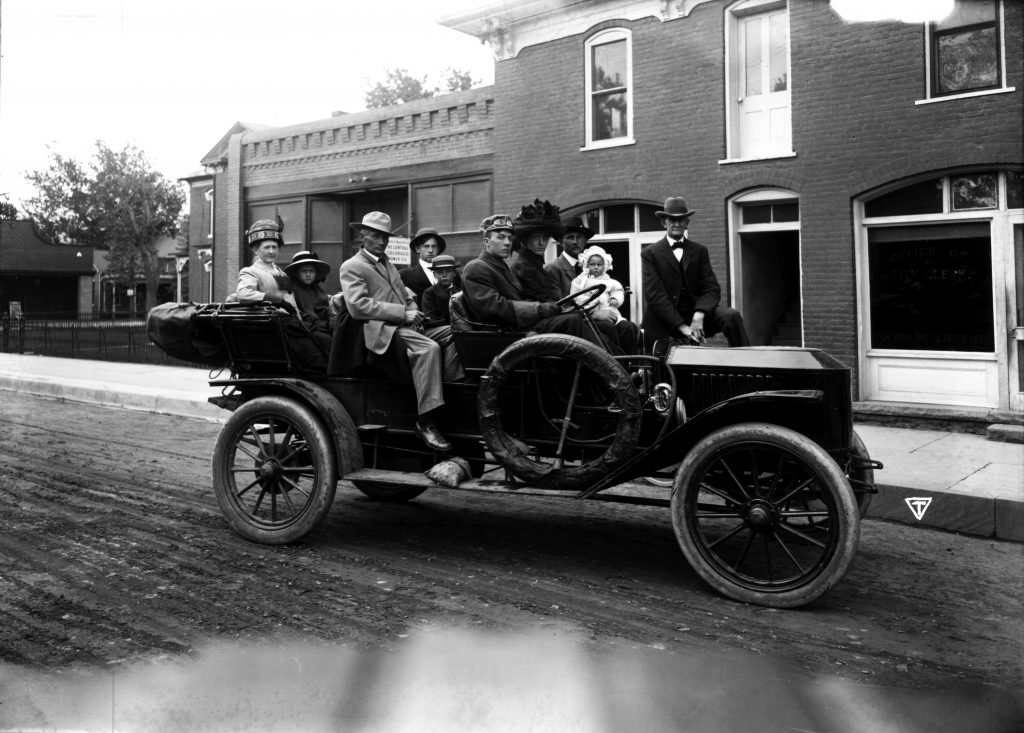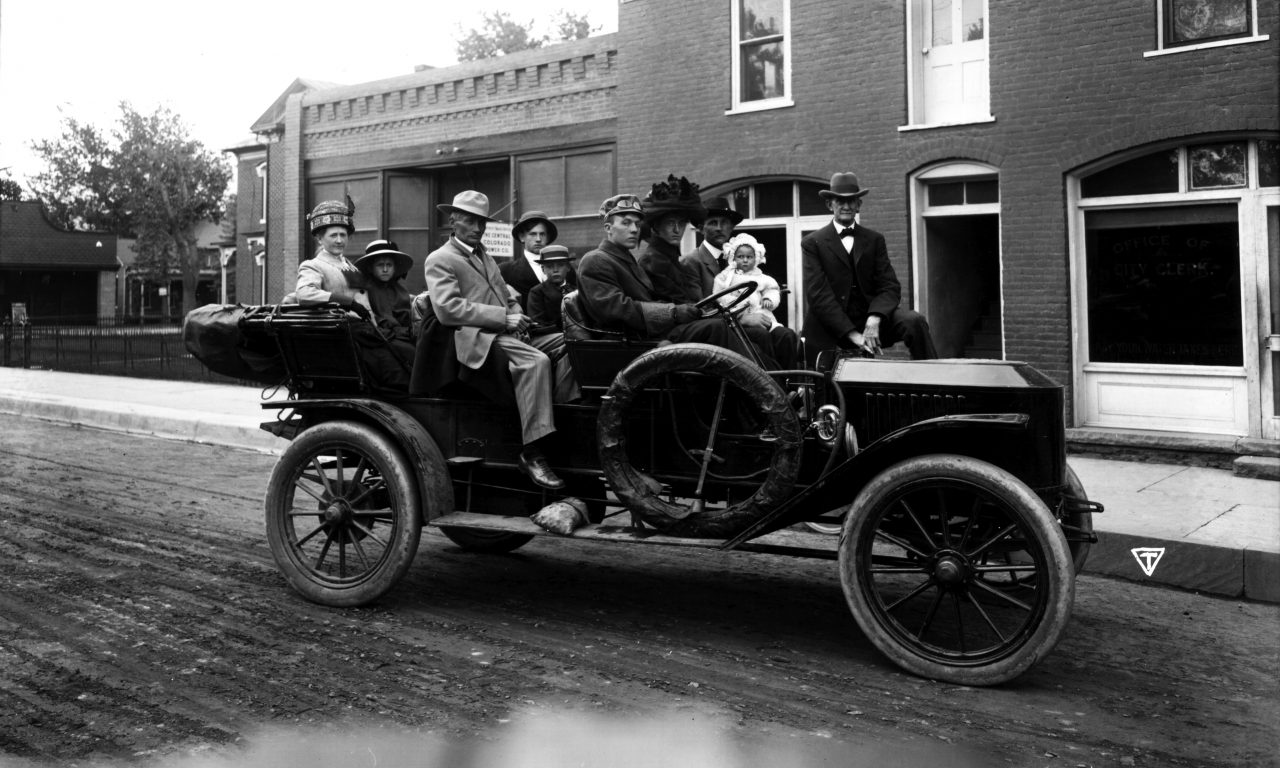Towering granite cliffs, water crashing down the hillside in Middle Boulder Creek, and the back and forth of curves—these images of Boulder Canyon are ingrained in my memory from my commute between Nederland and Boulder over the years. Occasionally, my mind drifts to a bygone era—what would it have been like to go up this canyon 140 years ago, back when the road was first built as a one-lane wagon road? How long did it take people riding the wagons or stages? How did they even build a road up this rugged and steep canyon?
As the mining industry took off in the 1860s, the need for road-building coincided with Boulder’s desire for trade and commerce and the mining industry’s demand for supplies. The first road built up Boulder Canyon in 1868 took a path similar to today’s road up to the Fourmile Canyon intersection, then veered south up Magnolia Hill, crossing over South Boulder Creek, before joining the Enterprise Road to Black Hawk.
One Dollar Per Trip
Most roads built at this time were toll roads to help investors recoup their costs of upkeep. Cost for this trip was one dollar for a wagon and 25 cents for a single ride on a horse or mule. However, if it weren’t for Wells Fargo and Company, we may never have seen a road built directly from Boulder to Nederland. Wells Fargo came up with an idea to run stages from Boulder to Black Hawk via Nederland. Plans extended the existing road to the town of Middle Boulder (present day Nederland). Fortuitously, while the road was under construction, prospectors found silver in the mountains above Nederland at Caribou. Workers pressed to complete the road in 1871, which now terminated at Caribou to capitalize on the freight traffic soon to come.
Dangerous Passage
The road now building up the canyon…is the most ambitious piece of work that has ever been, to our knowledge, attempted upon a wagon road in Colorado. The work is stupendous and nothing less.
-Boulder News, 1870s
The finished road was narrow and steep, criss-crossing Middle Boulder Creek a mind-boggling 33 times. If two wagons met, the lighter of the two had to unhitch its horses and be lifted off the roadway so the other could pass. Bells fastened to the harnesses of the horses or mules alerted oncoming traffic. The ride was long. Drivers often left Boulder at the crack of dawn, barely making it to Caribou by dusk.
Later in the early 20th century, small improvements were made to accommodate automobile traffic, with the Stanley Steamer making the first trip in 1911. Though the trip was significantly faster, it wasn’t necessarily easier or less hazardous. Steep grades put stress on the radiators, often causing them to boil over. Drivers would have to gather water from nearby Boulder Creek and wait for the car to cool off and then press on.
Today, Boulder Canyon road barely resembles the winding narrow road of that bygone era. In the 1940s and 1950s, the Colorado Department of Transportation reconstructed the road to make it safer and easier to navigate. This included widening the route and straightening out many of the most hazardous curves and incorporating the construction of the canyon’s only tunnel near today’s Canyon Link trail to Betasso Preserve.
Traveled More Than Ever
Though mining in the area came to a close around 1950, today the Boulder Canyon Road is traveled more than ever. In an ironic twist, the road built to serve Colorado’s dominant industry of the 19th century continues to serve two of Colorado’s top industries today: tourism and recreation. The history of Boulder Canyon road reminds us of a time when people came to Colorado to find fortune—an idea still in place as thousands of people travel the road, seeking the good fortune of restoring their mind, body, and spirit through recreation in the open spaces of Boulder County.



